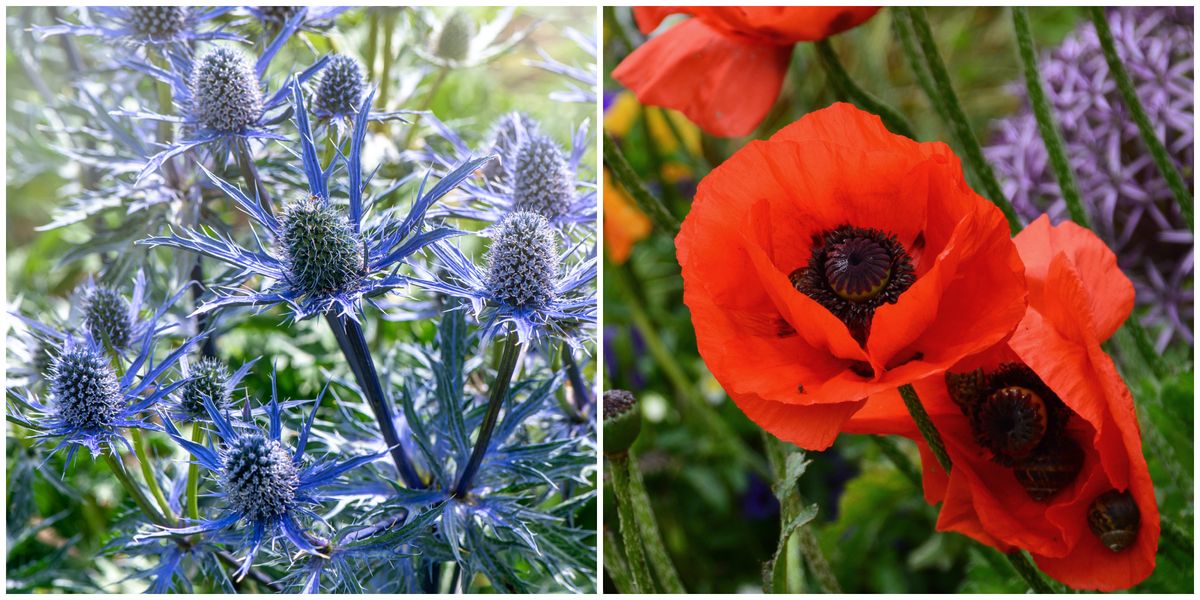
As the weather gets warmer, it’s time to start planning out your garden. The first step in any successful outdoor space is planting some drought-resistant plants! If you’re unsure where to begin, this blog post has 12 of the best plants for a drought-tolerant garden.
Sage
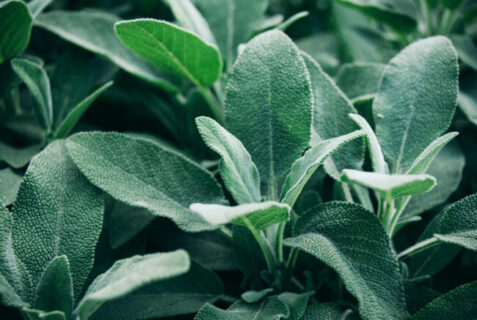
Commonly known as “the wise woman’s herb,” sage has been used for centuries to impart a sense of wisdom and strength. It is also sometimes called “herb of remembrance.” The Romans used it in their bathwater because they believed that its medicinal properties improved memory.
Sage in drought climates: Sage thrives in the hotter, drier climates. It is a woody perennial that can grow up to two feet high but feature sparse foliage and small flowers.
Sage Care: Sage needs full sun at all times, so it’s best planted with other plants or near an area of the garden that gets direct sunlight for most of the day. Sage plants can be propagated from cuttings of the stem or root, but because they produce a flowering stalk in late summer and fall, it’s best to allow at least six feet between each plant so that some will not receive as much shade.
Wallflower
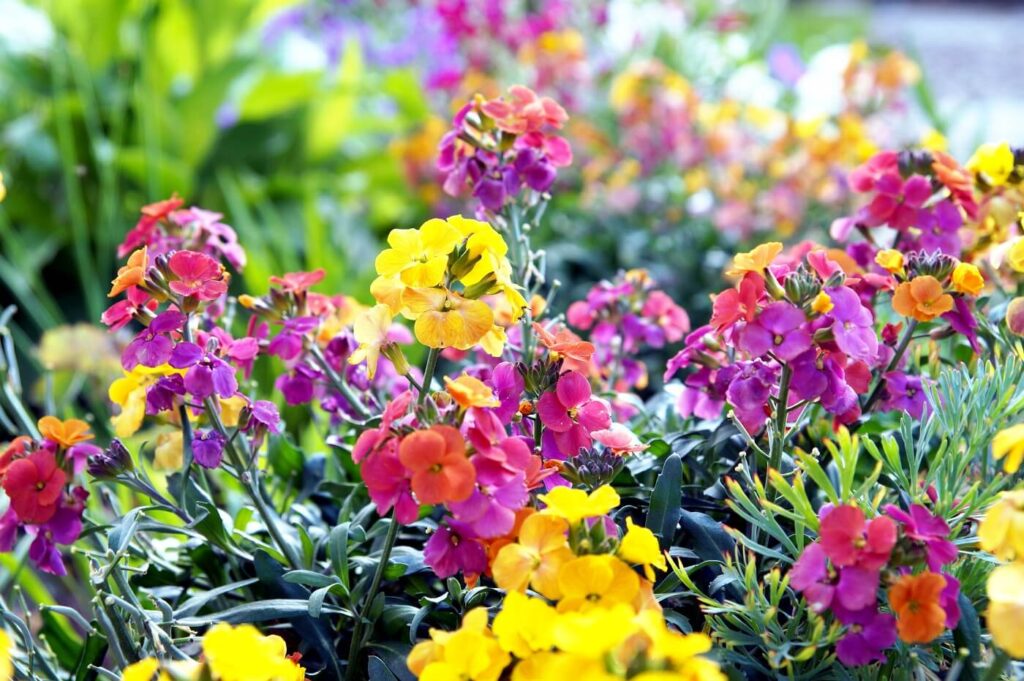
Wallflowers are a genus of plants within the daisy family. Each flower is actually a cluster or “head” of multiple flowers, and each head can be up to about 30 cm in diameter. Their color ranges from purple, pink, reds, and white colors. The plant name derives from their tendency to grow in plastered walls and cliffs.
In dry climates, they are a good choice because the plant is able to conserve water by closing its leaves when it’s not in direct sunlight or under high winds. They also have evolved many adaptations that allow them to survive with little or no soil moisture, such as deep roots that can reach into the moisture-giving subsoil and hairy leaves that create a humid microclimate.
Portulaca

Portulaca’s tiny flowers are happy to grow in dry, warm soil and enjoy a sunny spot. They’re also one of the easiest plants to grow, so they make an excellent choice for beginners as well! You’ll find that these drought-tolerant plants do not require much water or fertilizer either – just enough to keep them happy.
Just keep in mind that they are not cold-resistant, so you’ll need to think about where and when you plant them carefully. Make sure the soil is well-drained before planting these drought-tolerant plants because they will rot if their roots get too wet or soggy!
Succulents
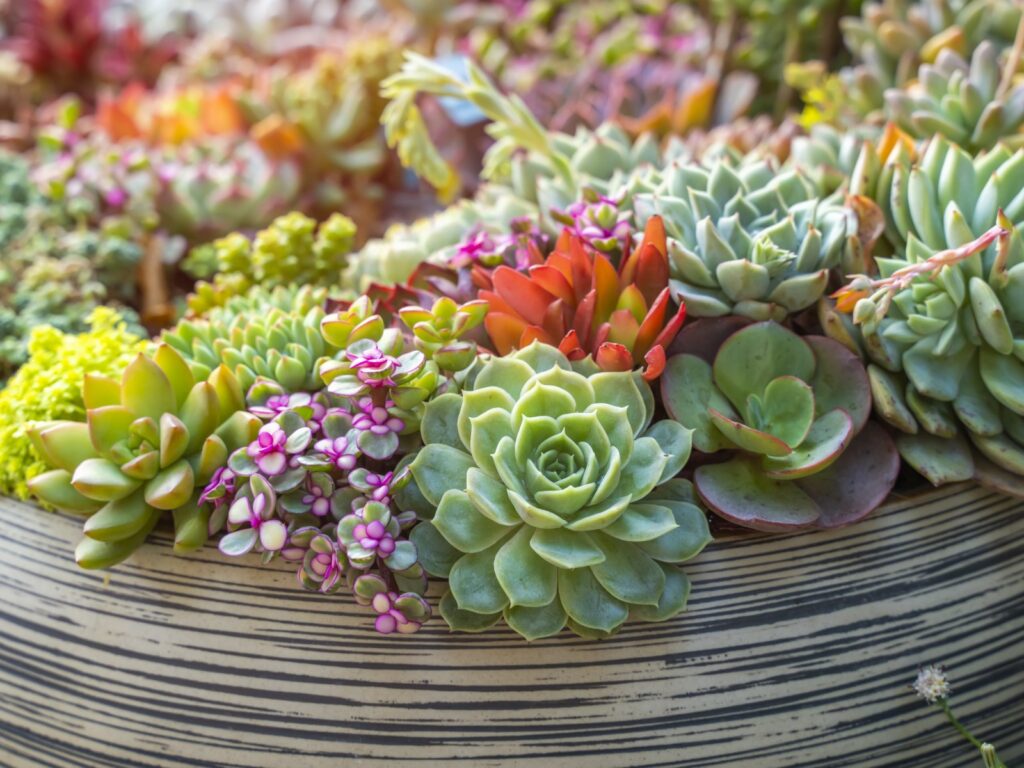
Succulents are among the most popular plants for dry climates. They’re a cinch to care for, need very little water, and there is an amazing variety of colors and shapes.
Russian Sage
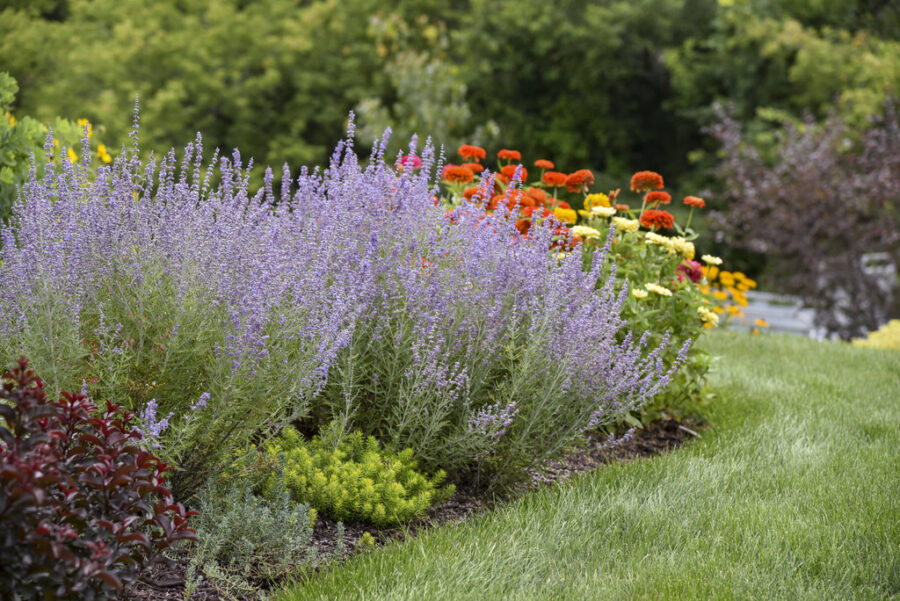
Russian sage is a must-have for any drought-tolerant landscape, but it also happens to be one of the easiest plants you can grow. It’s hardy, easy to cultivate, and adaptable in terms of soil conditions because it prefers well-drained soils with good air circulation. Russian Sage has an intense aroma, which many consider a plus.
It is very drought-tolerant and will survive on little to no supplemental water, so it can even be grown in areas that are prone to dry spells or droughts. You’ll want to make sure you fertilize this plant every two months during the spring and summer months because it requires nutrient-rich soil to produce its aromatic oils.
Verbena
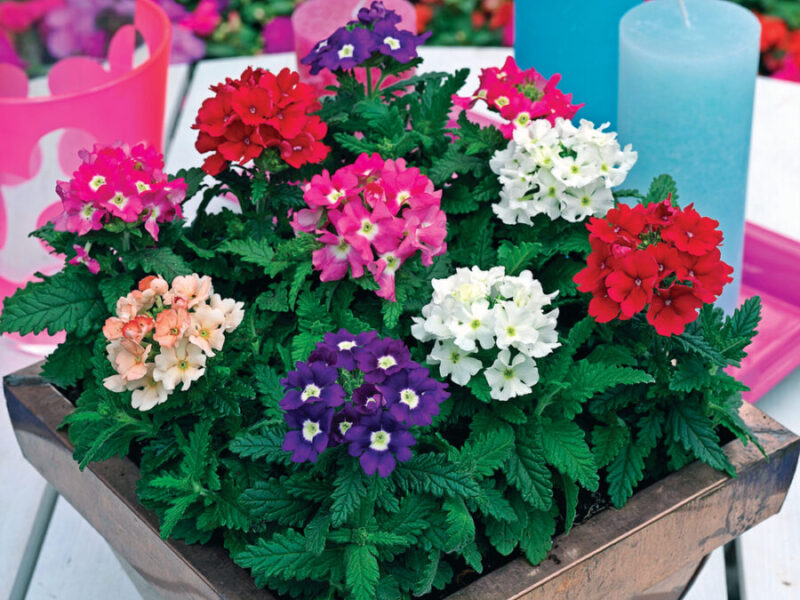
A good option for dry climates is verbena, which has a variety of blooming colors. Plant it in the ground or containers that are wide and shallow enough to accommodate its root system. Water when needed but not excessively because this will cause rot – make sure you only water until there’s just a light film on top of the soil surface.
Blanket Flower “Gaillardia”
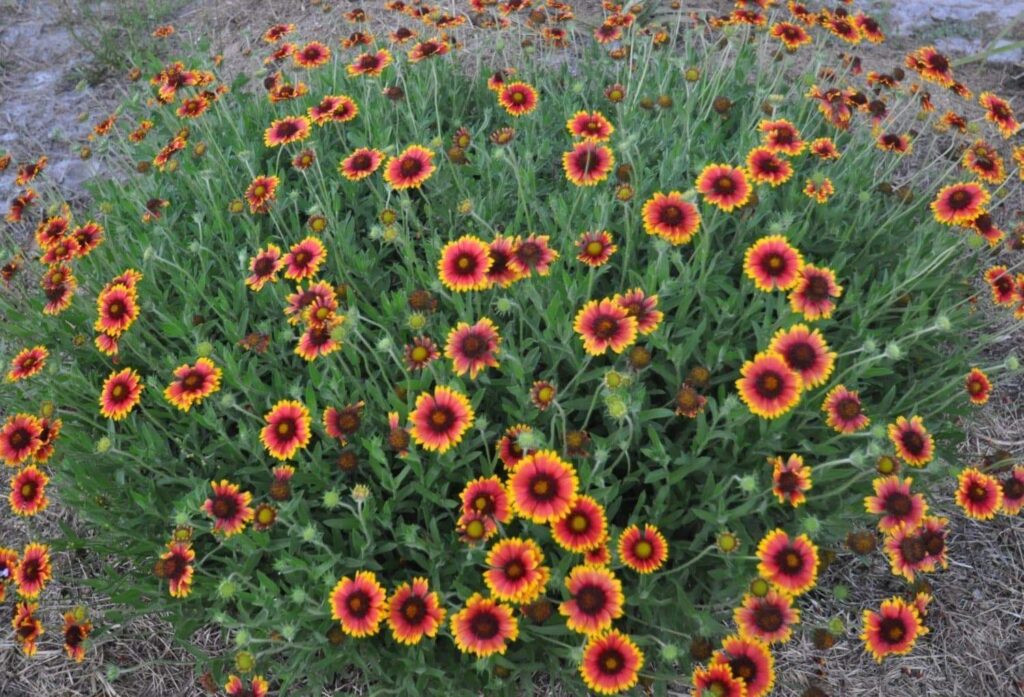
The blanket flower is a tough little shrub that does well in dry climates. It’s native to the southwestern United States and Mexico, but it also thrives at high altitudes of up to 11,000 feet. This drought-resistant plant can grow into a small tree reaching heights of 20 ft., hence its nickname, “tree daisy.”
This plant prefers full sun and well-drained soil, but it will also grow in shadier areas. It does not like wet feet or a lot of humidity, so make sure the area you’re planting is on higher ground than other plants around it.
Oleander
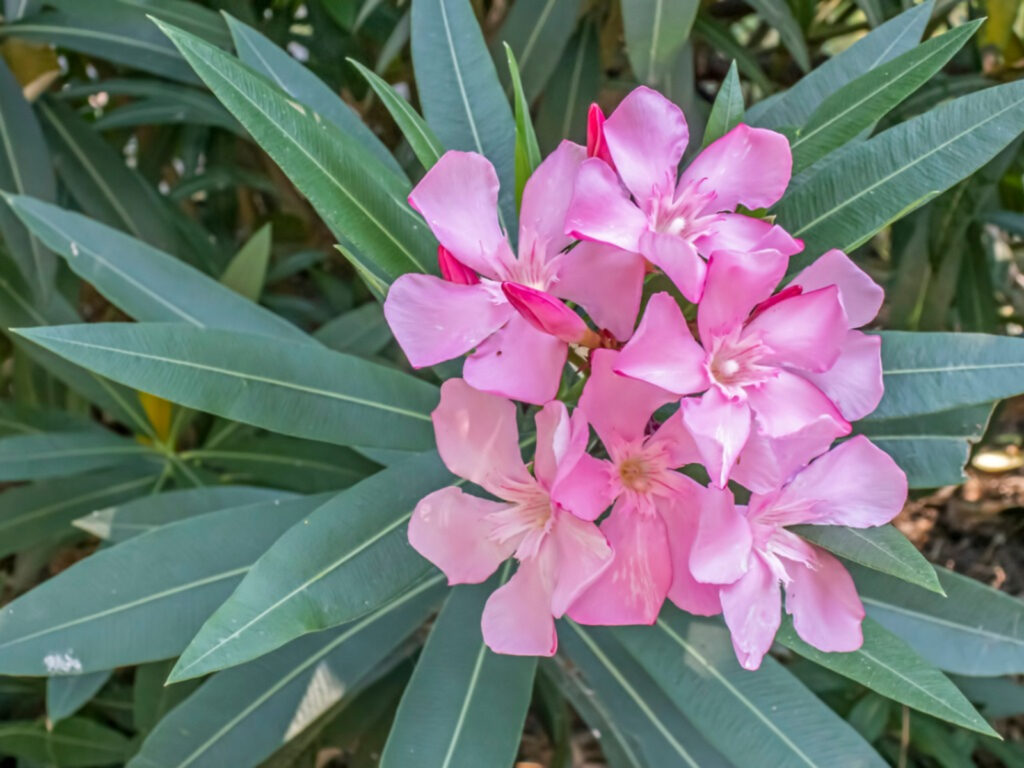
The oleander plant is a tough, drought-tolerant bush that can also act as an ornamental. Oleanders are native to the subtropical regions of Africa and Asia but have been grown in temperate areas for centuries, too, because they bloom all year round.
This shrub needs full sun to thrive and is able to withstand hot, dry weather. It can also grow in a variety of soil types, and it needs little maintenance once established. Oleanders are hardy plants that have no insect or disease problems.
Agave
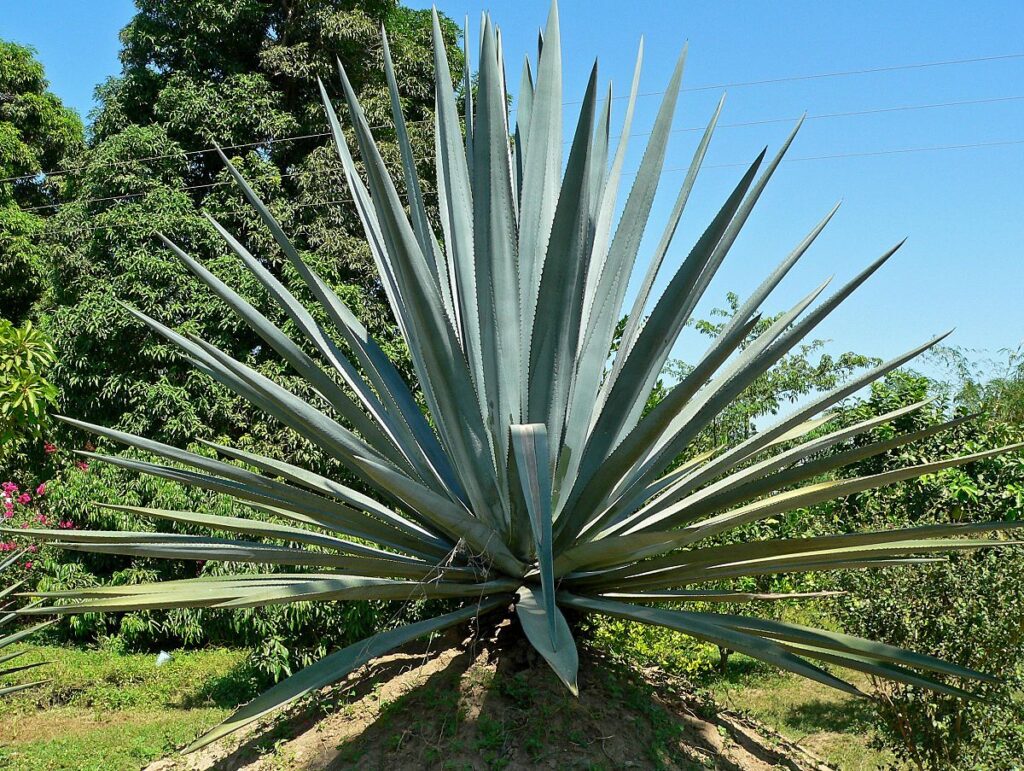
The agave is one of the most popular and beautiful plants for dry climates. They are perfect plants if you want to add some color, greenery, texture, or a focal point that will last all season long as it can grow from six inches tall to more than fifteen feet!
Lavender
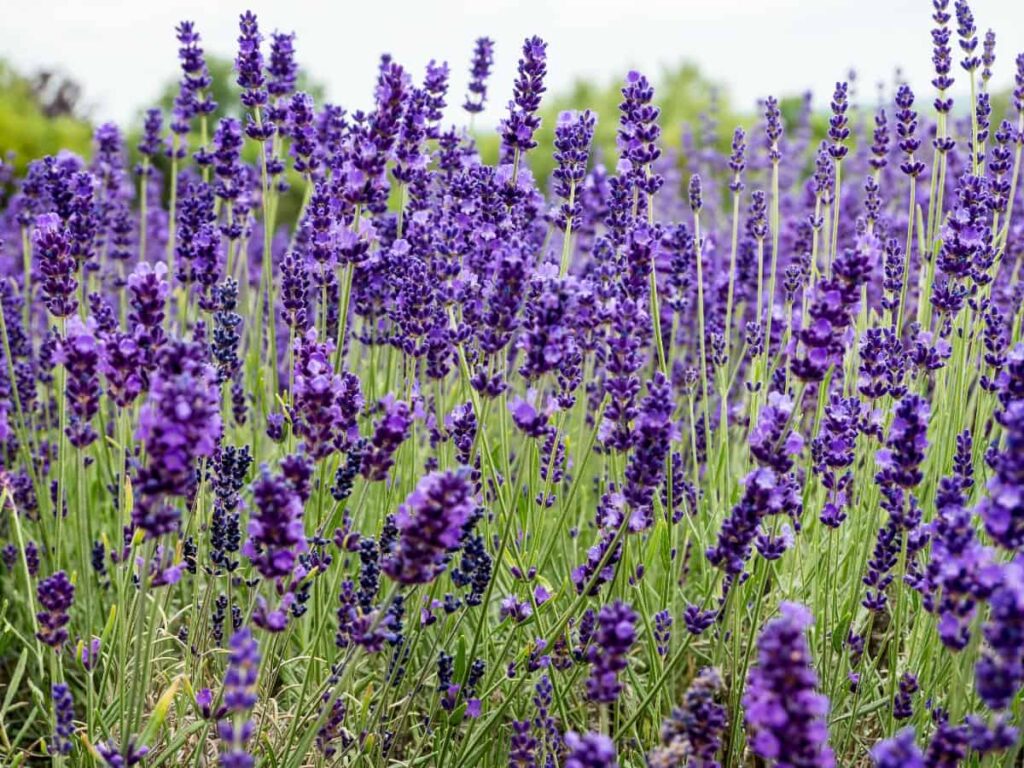
Plant the lavender in a spot with full sun or partial shade. Lavender grows well as a ground cover, so pruning is typically done by trimming back some of the stems and leaves around it. The plant will drop its blooms early which can be picked to use fresh, made into candies, or steeped in boiling water to make a tea.
Cacti
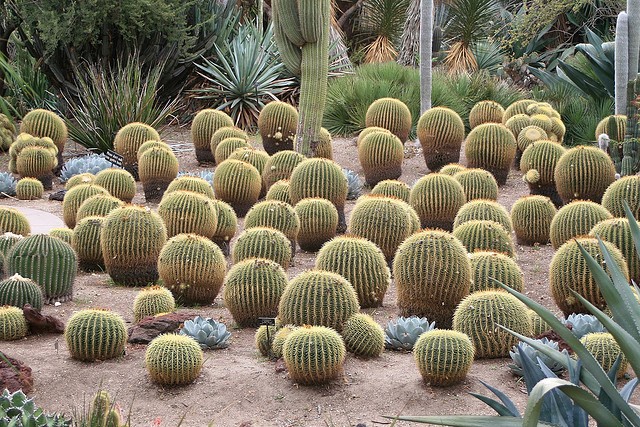
Cactus gardening is one of the most popular types of plants grown by home gardeners. These plants are very drought tolerant, which makes them a good choice if you’re trying to conserve water or need low watering schedules during dry periods.
Rose Campion
A Rose campion is a perennial plant that has pink or white flowers. Its leaves are green, and it likes to grow in sunny areas with dry soil. Rose campion can be planted as an annual if you live in zones four through six (zones one through three should not use this plant).
